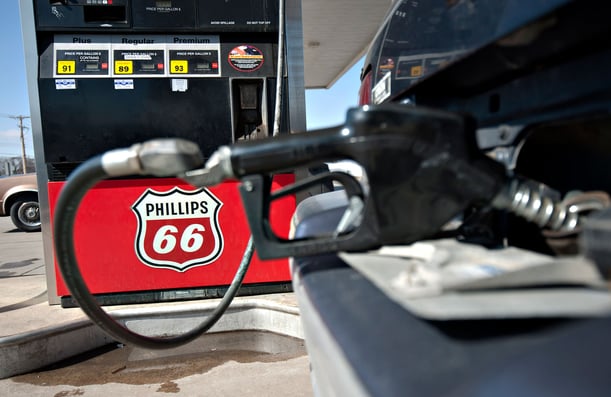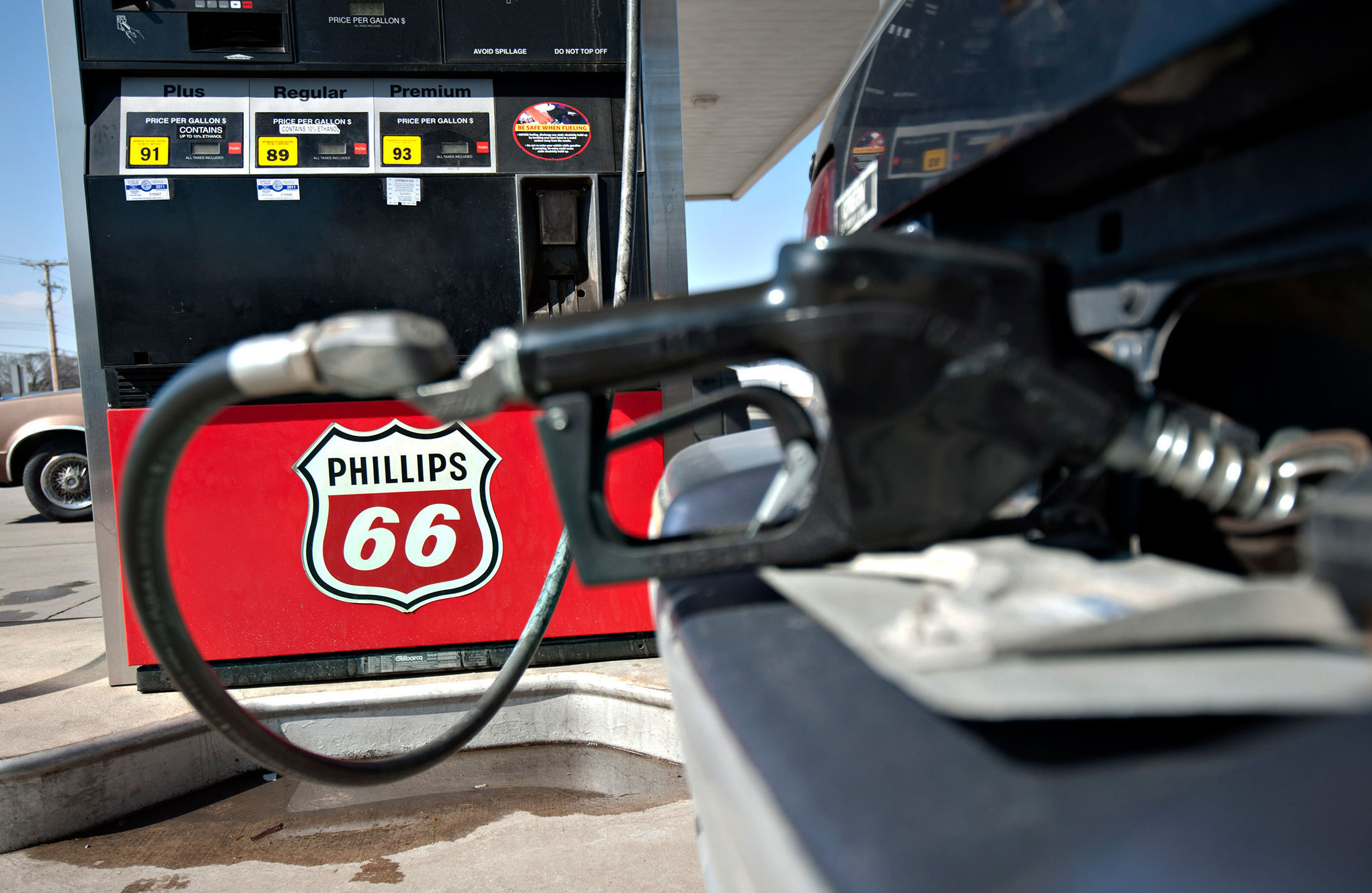For more than 140 years now, Phillips 66 has been in the energy business. That means the company knows a thing or two about sustainability—and now it’s showing the employee accountability it's able to garner at each facility.
 |
| Photograph by Daniel Acker — Bloomberg |
To a certain degree, you can measure the success of a company policy by examining how vested employees are with daily operations governed by that policy. In other words, are those employees taking responsibility? Are they accountable? At Phillips 66, we can see evidence of this happening in droves.
Safety and Sustainability Programs Tie Into Accountability
Leadership and management know that you can’t expect buy-in and accountability until you’ve set the foundation first. That takes a strong set of organizational processes, a reliable and effective safety program, and good, two-way communication at all levels.
Once you have all that in place, you can actually empower your employees—and that leads to even greater efficiency and productivity. All that, stemming from a great safety program.
Accountability Leads to Empowerment
One of the key tenets of a highly successful EHS program is the degree to which employees are empowered. With a functional strategy in place, and with vested employees who not only understand but support the EHS initiatives, so much can be accomplished.
One of the benefits of a well-managed safety program is that management can involve every employee in the job of keeping the workplace safe. That means having employees report on potentially unsafe conditions and practices and helping to find solutions as well.
Phillips 66 Empowers Its Employees and Contractors
Phillips 66 has come far in this regard: the company grants authority to its employees to make powerful, important decisions on the fly about their current working conditions.
If employees feel they are unsafe, they have the power to halt work immediately. And the same goes for contractors.
